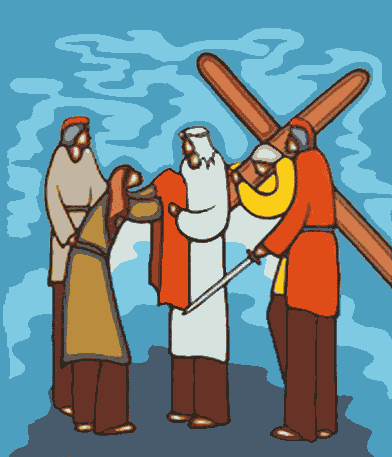 Stations of the CrossStations of the Cross depict the final hours of Jesus and the immediate aftermath. Each of the 14 stations, in addition to representing an event, signifies the actual site of the event in Jerusalem or on Calvary, or Golgotha, and the series as a whole is, in effect, a model of the Via Dolorosa, the route along which Christ was taken to Calvary. The stations may be placed along the walls of a church or a chapel, or outdoors, along the way to a place of pilgrimage, as a wayside shrine, or in a freestanding group. The Stations of the Cross have considerable importance as a devotional exercise in the Roman Catholic church; the devout meditate and pray at each station successively. The tradition as chapel devotion began with St. Francis of Assisi and extended throughout the Roman Catholic Church in the medieval period. It is less often observed in the Anglican and Lutheran churches. Seven of the events represented (the first, second, eighth, tenth, eleventh, twelfth, and fourteenth) are described in one or more of the Gospels, and the others are traditional. The 14 stations represent the following:
|